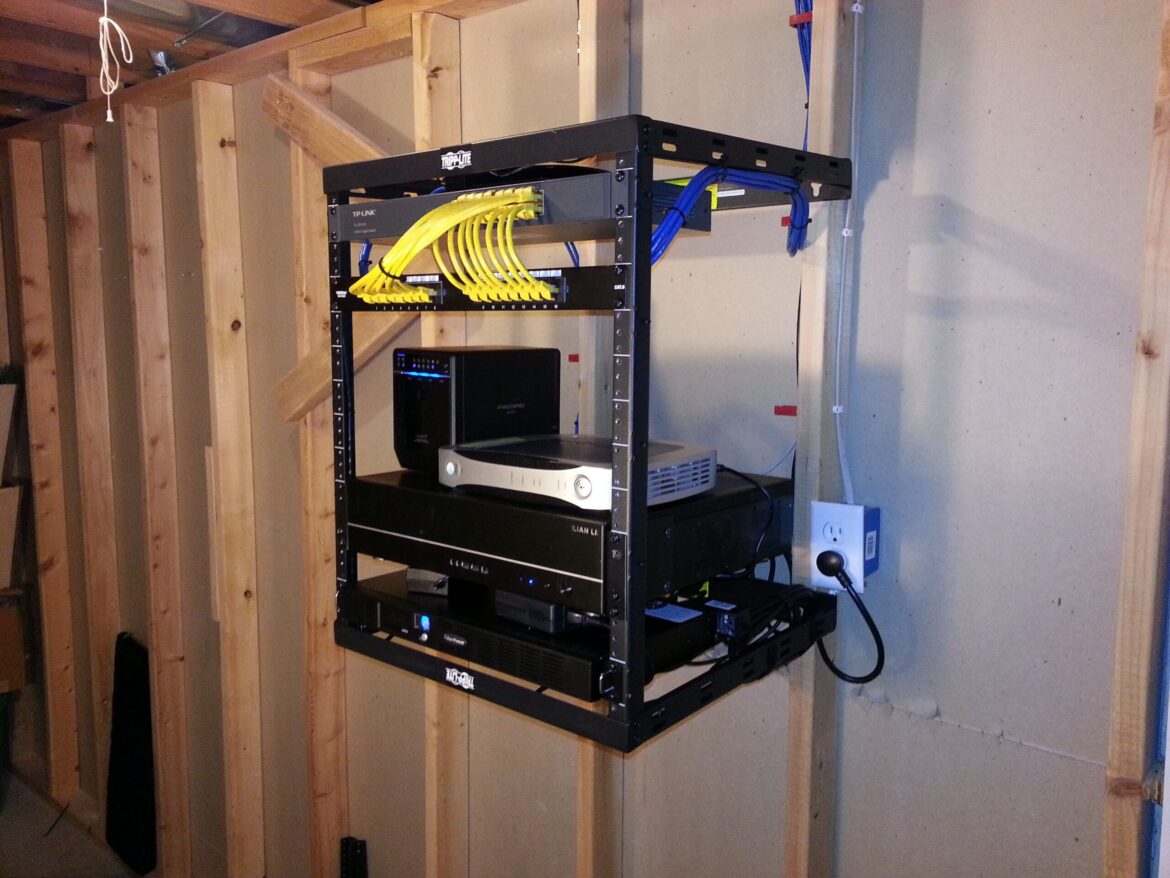A home server offers numerous advantages for your personal network. We provide an overview of how to optimally set up your home server and what aspects you need to consider.
Why a home server makes sense for your home
A home server is a great way to manage and optimize your personal network at home. It allows you to provide central services for your home, from storing important files to managing media.
- A home server can make managing your files much easier by serving as a central storage location. This means you can access your data from different devices without having to store it separately on each device.
- Another advantage of a home server is the ability to centrally store and stream your media, such as music, videos, and photos. This can be particularly useful if you have multiple devices in your household that want to access this media.
- With a home server, you can centralize the organization and management of your data-intensive applications, which can help you use your network capacity more efficiently. However, the home server alone will not directly increase your physical network speed.
- Last but not least, a home server offers increased security for your personal data. You have control over the storage and access to your information, which provides you with greater protection against external threats.
Setting up a home server: Step-by-step guide to optimal installation
Setting up a home server may seem complicated at first, but with the right preparation and steps, you can simplify the process considerably. Consider the following basic considerations before you begin setup.
- Before you begin setting up your home server, consider what features you need. Do you mainly want to store files, or do you also need streaming capabilities? These considerations will help you choose the right hardware and software.
- Choosing the right hardware is crucial for the performance of your home server. Consider factors such as storage space, processor power, and RAM to ensure that your server meets your needs.
- The software you choose for your home server should be user-friendly and customizable. There are many options available, ranging from free open-source solutions to commercial products that offer different features.
- Ensure that your home server is properly connected to your network. This includes configuring IP addresses, integrating it into your existing network, and ensuring connectivity with your devices.
Managing and maintaining your home server: How to ensure performance and security
Once you are familiar with the basics of setup, it is important to learn how to manage and maintain your home server. Regular maintenance helps optimize performance and identify potential problems early on.
- Regularly updating your server software is crucial for closing security gaps and improving performance. Stay up to date on new versions and updates and install them promptly.
- Monitor the performance of your home server to identify bottlenecks or other issues early on. Performance monitoring tools can help you analyze your server’s utilization and speed.
- Back up the data stored on your home server regularly so that you don’t lose any important information in the event of a failure or malfunction. Automated backups can simplify this process and ensure that your data is always protected.
- Pay attention to the physical maintenance of your home server, especially if it is located in an area that is susceptible to dust or other environmental influences. Regular cleaning can help extend the life of your hardware.
Opportunities and challenges at a glance
A home server offers many advantages, but there are also disadvantages that need to be considered. A balanced view will help you make an informed decision.
- A major advantage of a home server is control over your data and increased security. However, you also have to take responsibility for administration and maintenance, which can be time-consuming.
- The ability to store and stream media centrally is another plus. However, the home server must be configured appropriately to ensure smooth performance.
- A home server centralizes the management of data transfers, helping to make your network more efficient. However, setup and configuration require technical expertise, which can be challenging for some users.
- Another disadvantage could be the initial investment in hardware and software. While the benefits of a home server can justify the cost in the long run, it is important to consider the financial aspects in advance.

